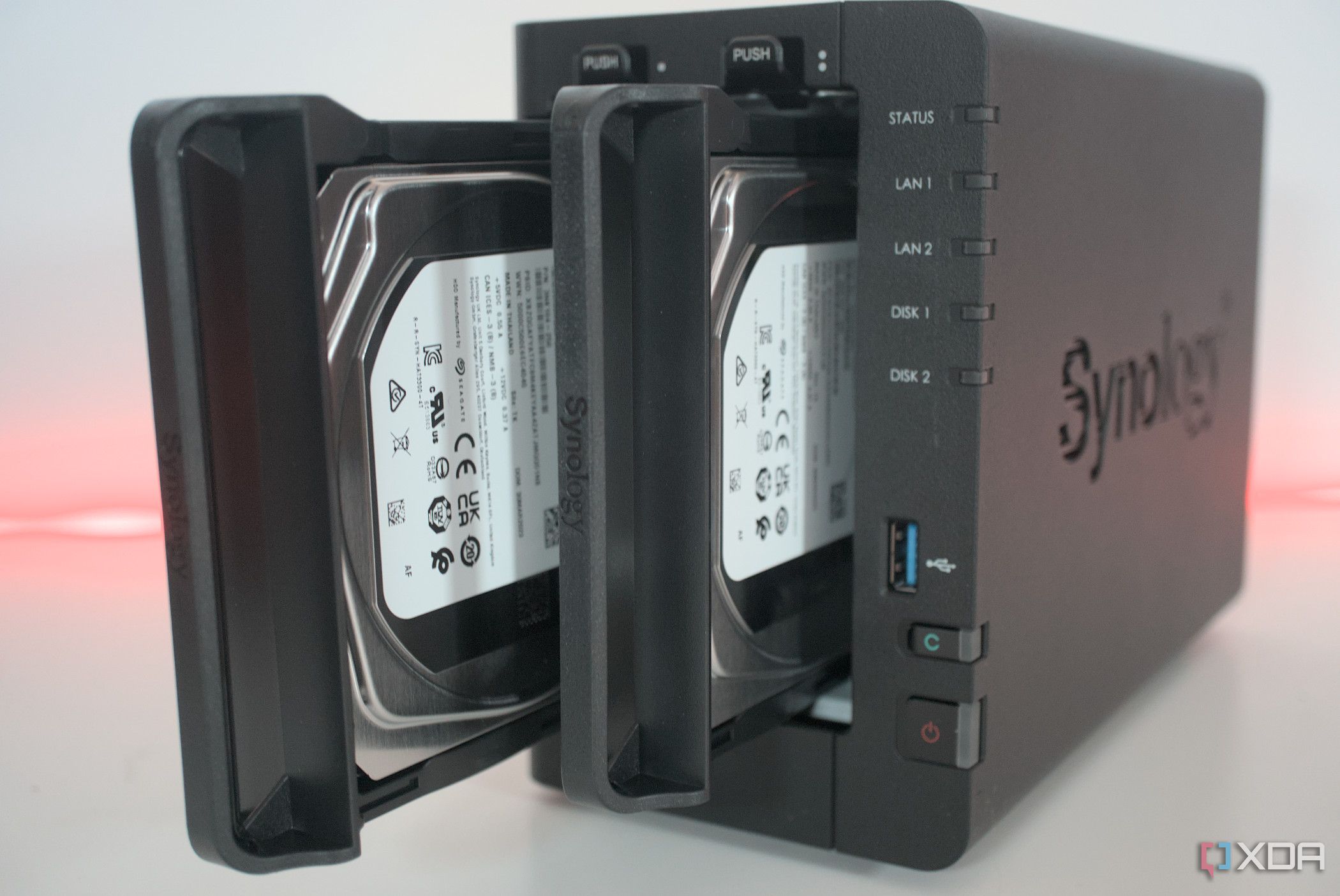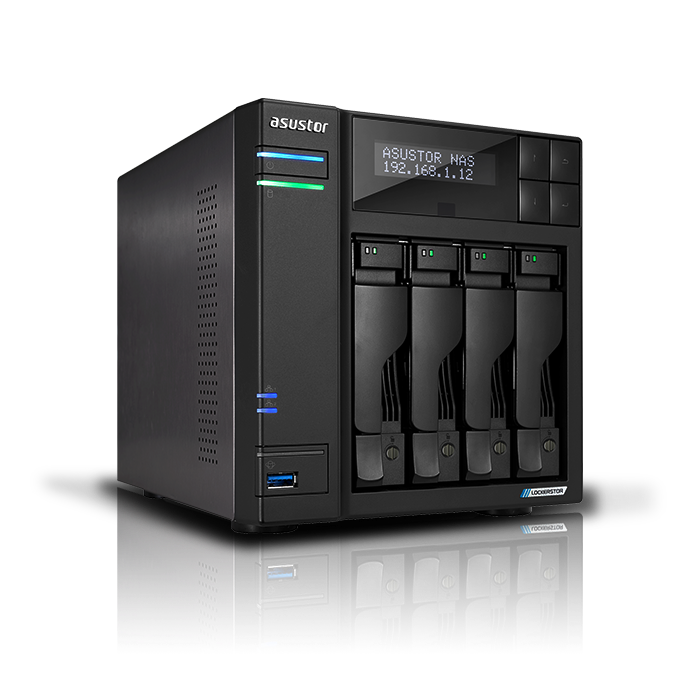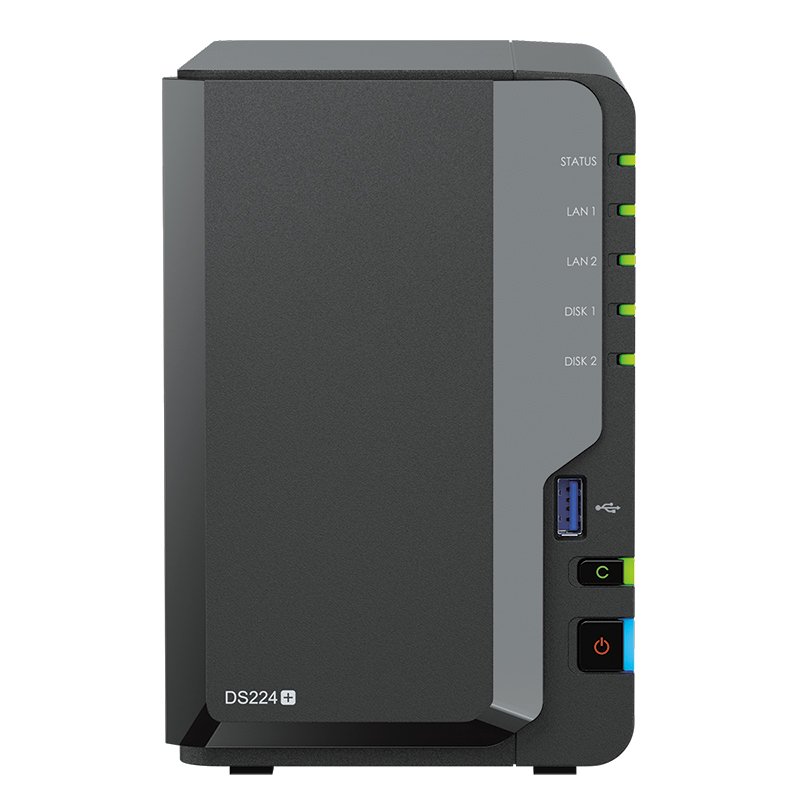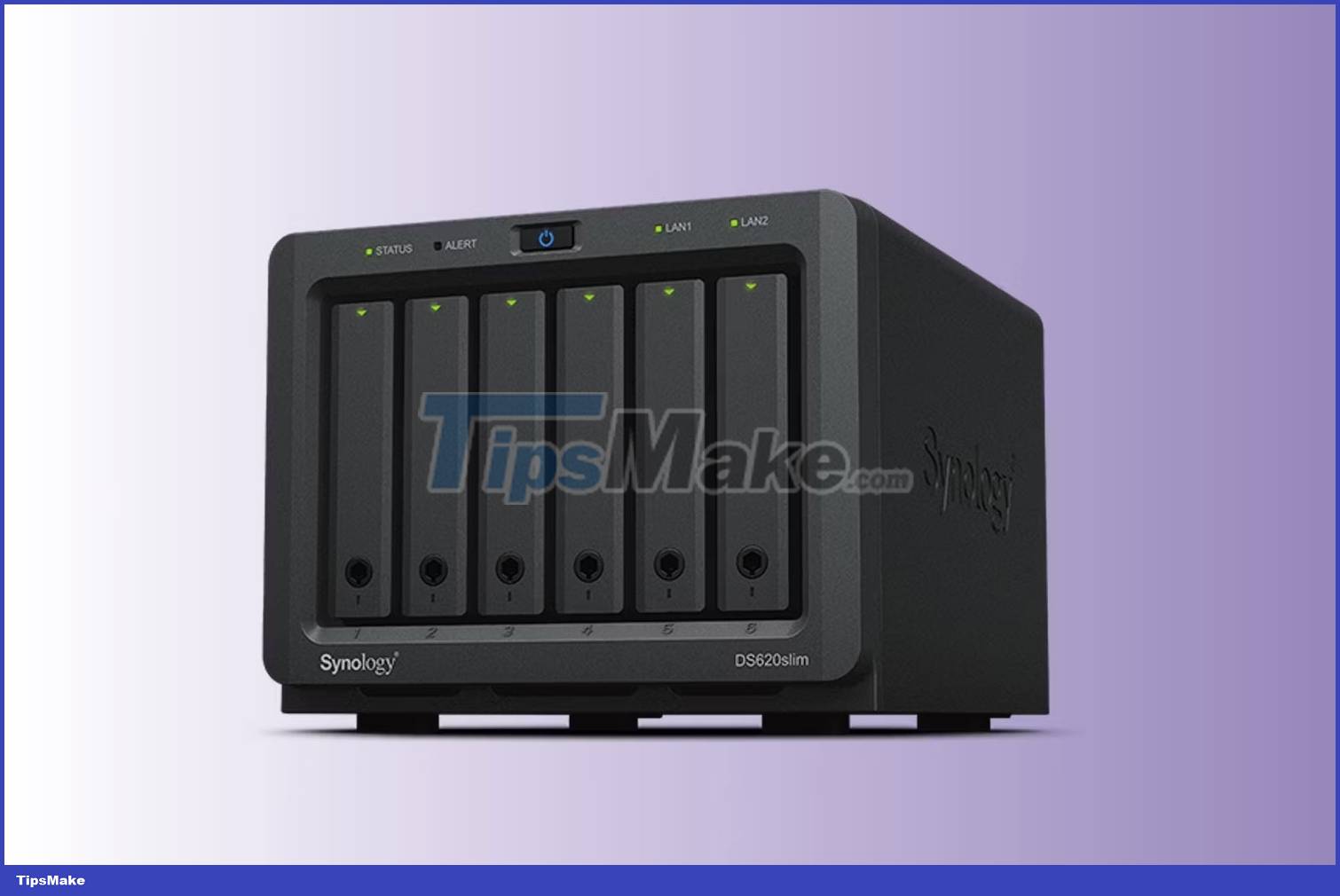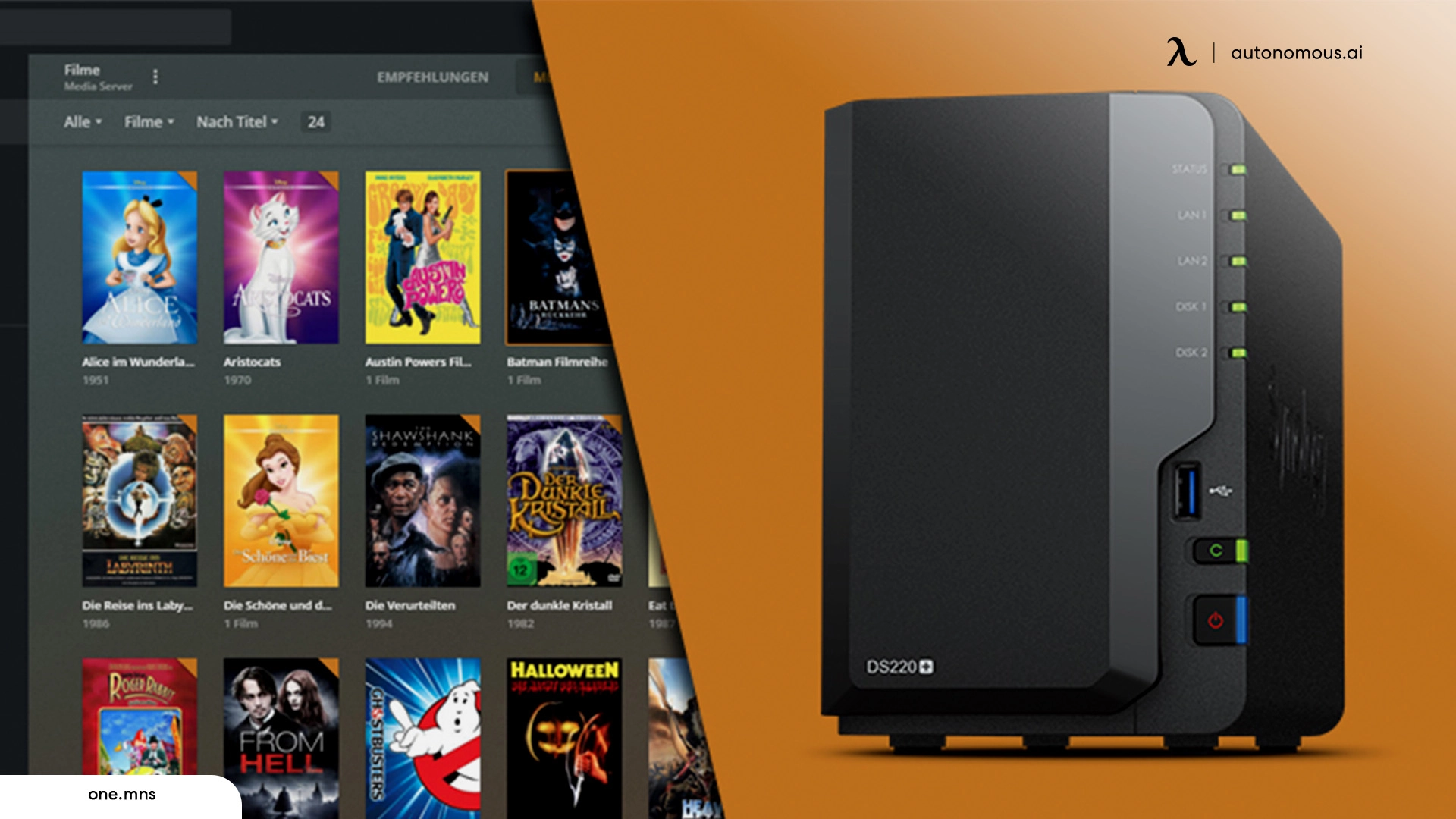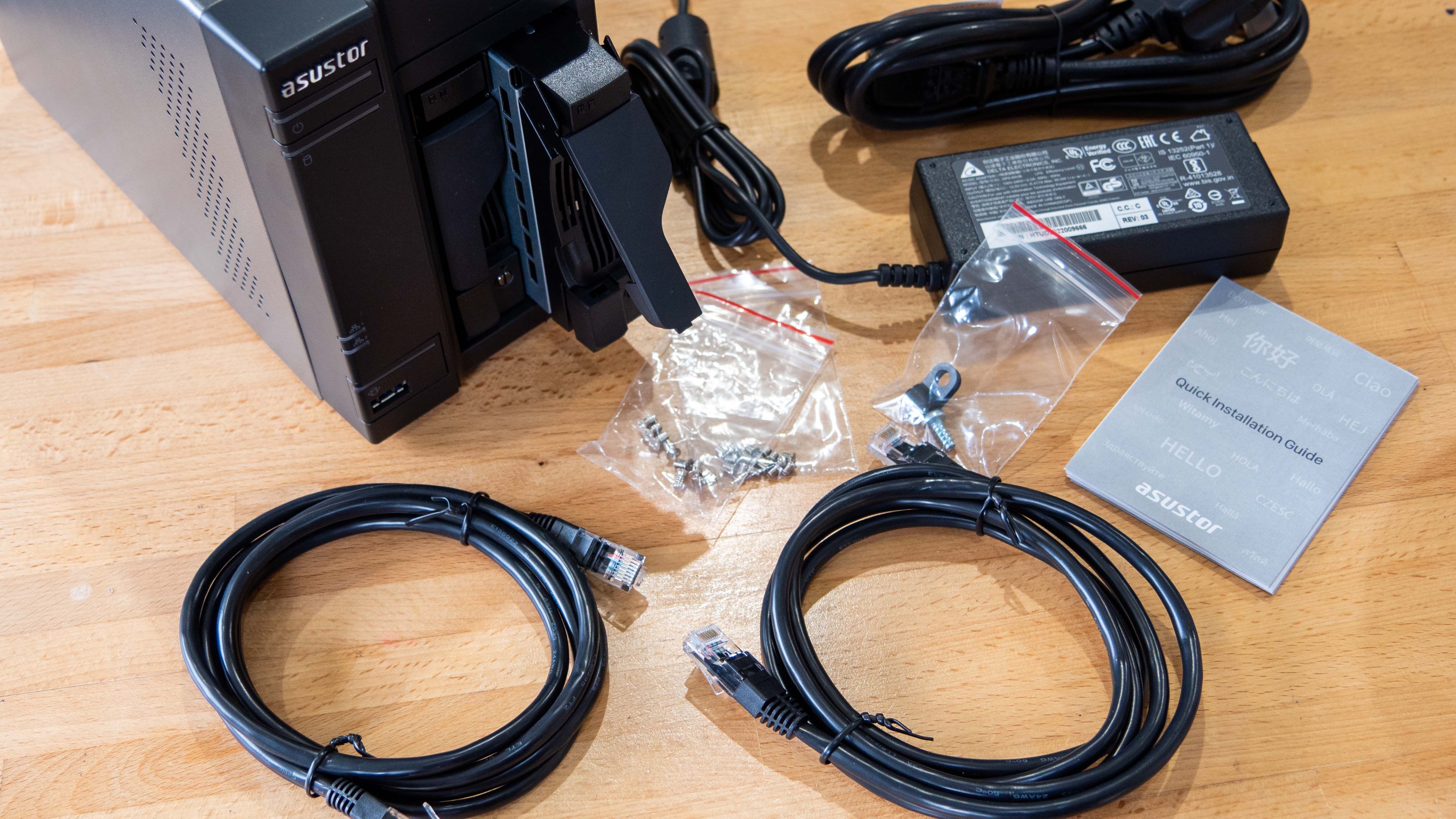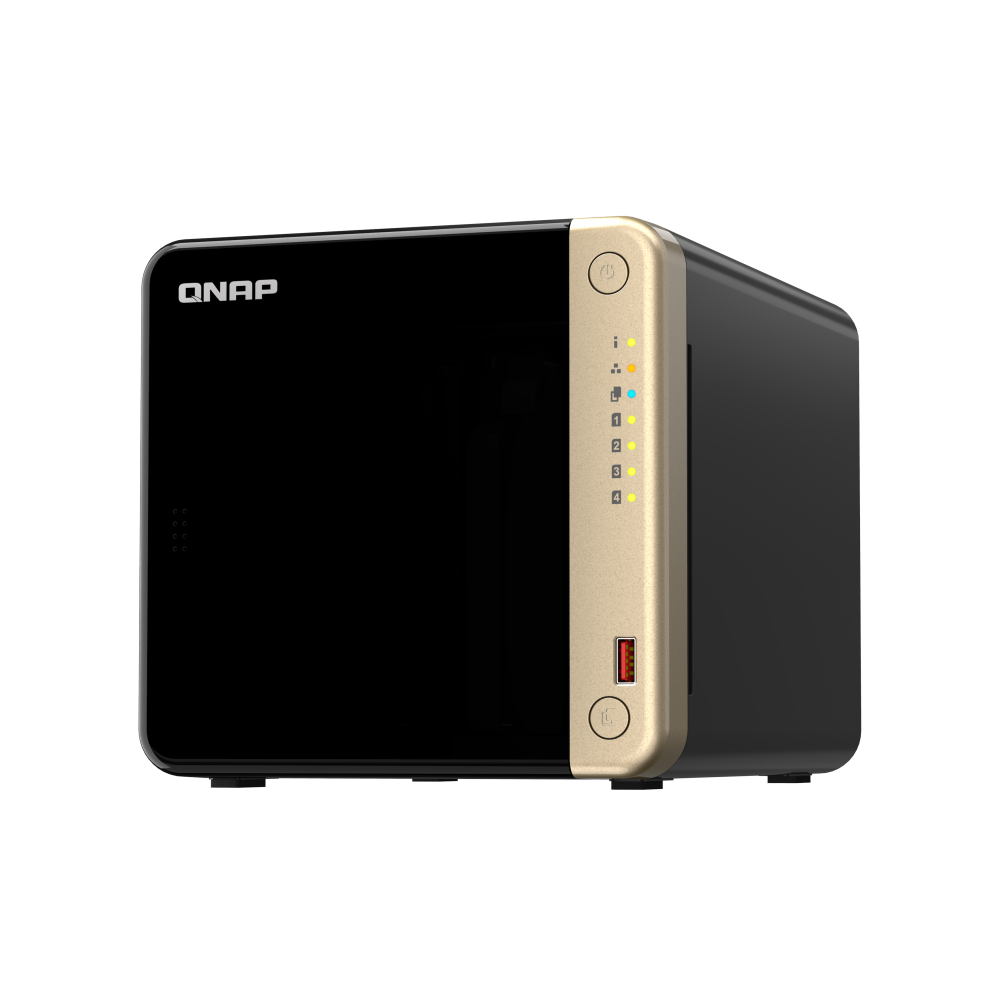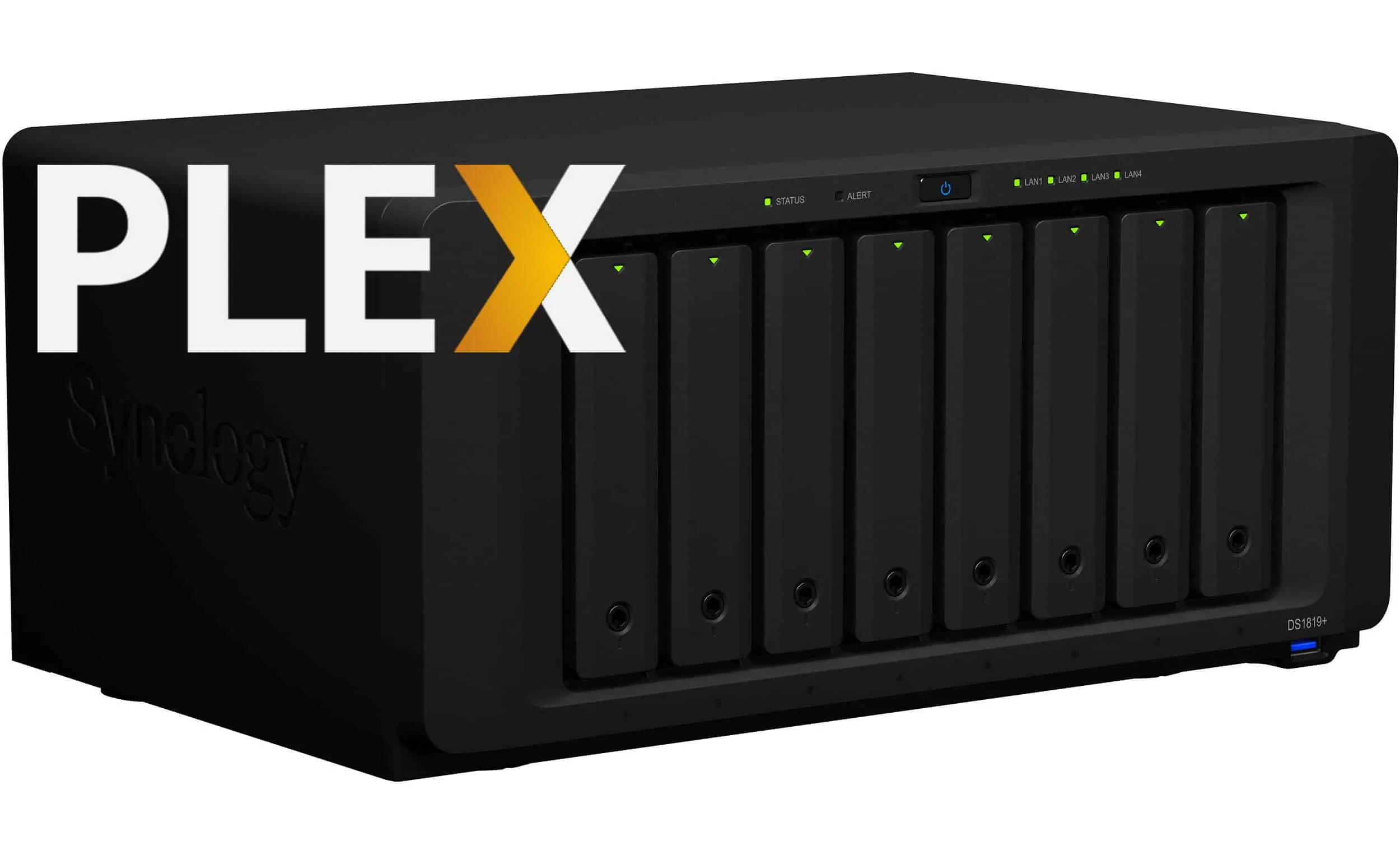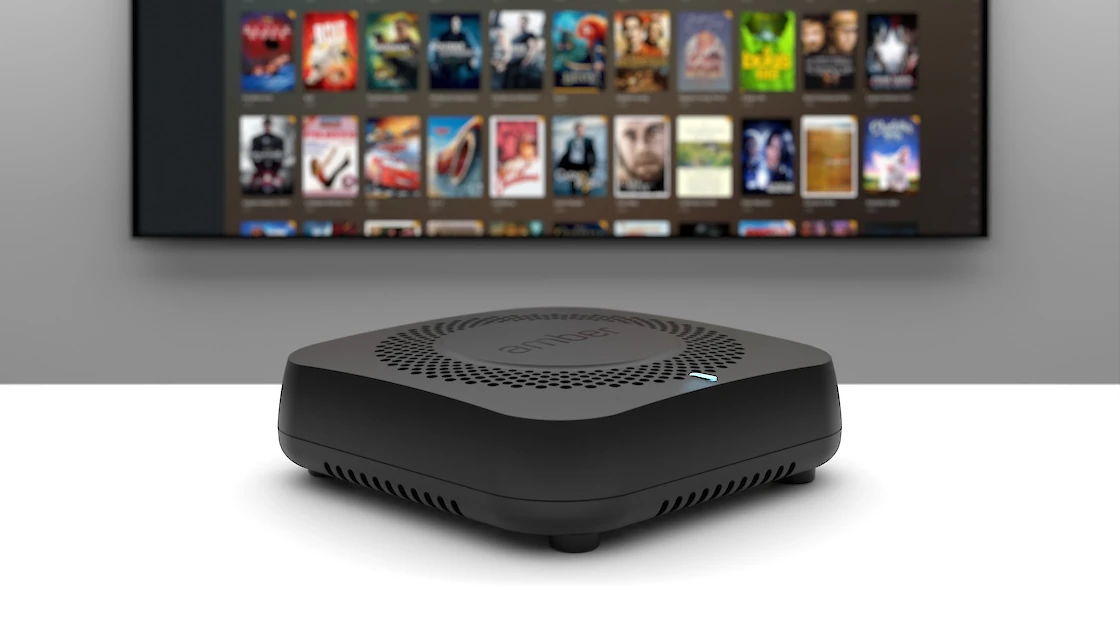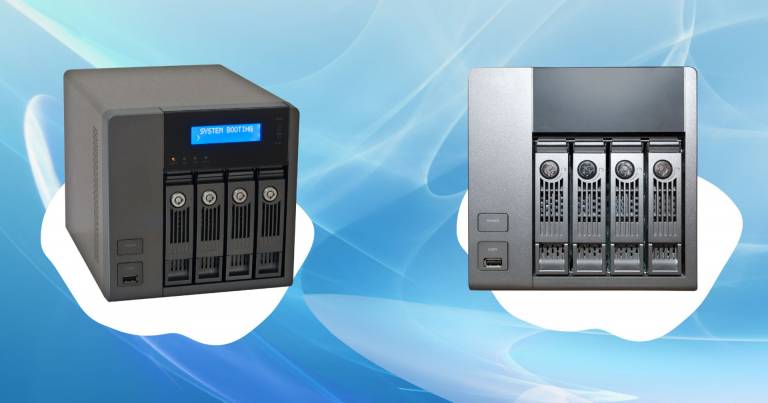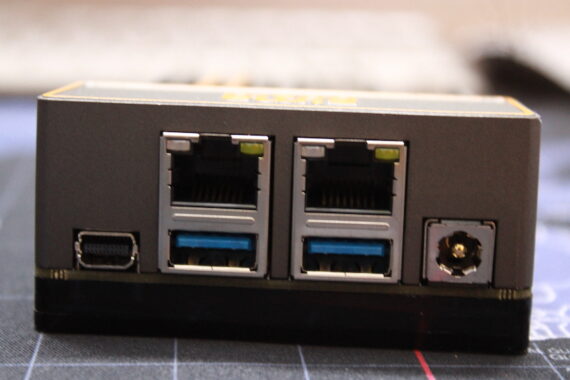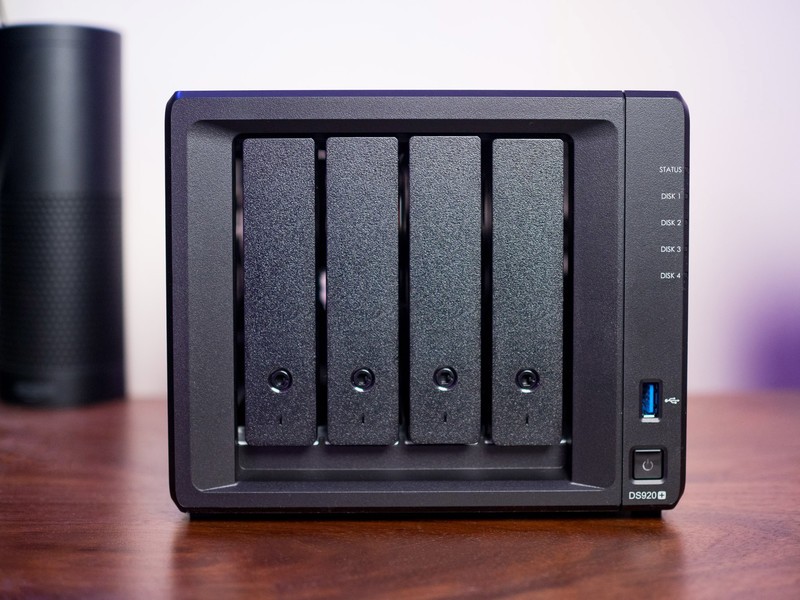Best Home Media Server Hardware
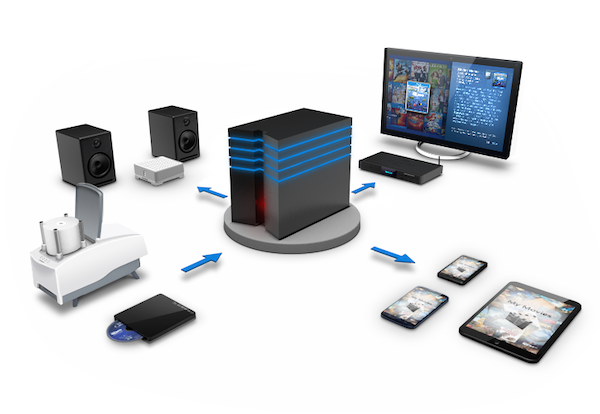
Tired of shuffling through streaming services, hunting for that one movie you own, or dealing with buffering issues when trying to watch family videos? A home media server might be your answer. This guide is tailored for first-time buyers, breaking down the jargon and helping you choose the perfect device to centralize your media library. Let's dive in and explore the world of home media servers!
Why a Home Media Server Matters
Imagine having all your movies, music, photos, and home videos neatly organized and accessible from any device in your home. No more digging through hard drives or relying on unreliable streaming connections.
A home media server offers exactly that: a central hub for your digital life, putting you back in control of your content. It's about convenience, accessibility, and enjoying your media on your terms.
Top 5 Home Media Server Hardware Options
Here's a quick comparison of some popular models to get you started:
| Model | Price (USD) | Processor | RAM | Storage Bays | Warranty |
|---|---|---|---|---|---|
| Synology DS220+ | $300 | Intel Celeron J4025 | 2GB DDR4 | 2 | 2 years |
| QNAP TS-251D | $350 | Intel Celeron J4005 | 2GB DDR4 | 2 | 2 years |
| TerraMaster F2-221 | $250 | Intel Celeron J3355 | 2GB DDR4 | 2 | 2 years |
| NVIDIA SHIELD TV Pro | $200 | NVIDIA Tegra X1+ | 3GB RAM | N/A (limited internal storage, expandable via USB) | 1 year |
| ZimaBoard Single Board Server | $170 | Intel Celeron N3350 | 2GB LPDDR4 | 2 (SATA) | 1 year |
Detailed Reviews
Synology DS220+
The Synology DS220+ is a user-friendly option perfect for beginners. Its intuitive interface and wide range of apps make it easy to set up and manage your media library. Performance is solid for streaming and basic tasks.
It excels at transcoding, allowing you to watch videos on different devices without compatibility issues. Consider this if ease of use is your top priority.
QNAP TS-251D
The QNAP TS-251D offers similar functionality to the Synology but with a slightly different interface. It boasts robust multimedia features and supports hardware transcoding. It also supports a wider range of apps through its App Center.
This is a strong contender for those who want more advanced customization options.
TerraMaster F2-221
The TerraMaster F2-221 is a budget-friendly option that still delivers decent performance. It might not be as polished as Synology or QNAP, but it gets the job done for basic media serving. This is a good starting point if you're on a tight budget.
NVIDIA SHIELD TV Pro
The NVIDIA SHIELD TV Pro is primarily a streaming device, but its powerful processor makes it capable of serving media as well. It's great for streaming 4K content and playing games. However, its storage options are limited without external drives.
If you want a device that can handle both media serving and high-end streaming, the Shield TV Pro is worth considering.
ZimaBoard Single Board Server
The ZimaBoard is a small, but versatile single-board server that can be turned into a DIY media server. While it requires more technical know-how compared to pre-built NAS devices, it offers flexibility and cost-effectiveness. The main benefit is that it is not locked into a particular operating system.
The onboard SATA ports allow to connect up to two HDD/SSD and you can install any OS like Windows, Linux, Unraid or OpenMediaVault.
Used vs. New: Weighing the Options
Used Hardware: Pros
- Lower Cost: Significant savings compared to buying new.
- Availability: May find older models with features no longer available in new models.
Used Hardware: Cons
- Unknown History: Potential for hidden issues or prior damage.
- Limited Warranty: Typically no warranty or a very short one from the seller.
- Outdated Technology: May lack the latest features or performance enhancements.
New Hardware: Pros
- Full Warranty: Protection against defects and malfunctions.
- Latest Technology: Access to the newest features and performance improvements.
- Peace of Mind: Knowing the device is in perfect working condition.
New Hardware: Cons
- Higher Cost: More expensive than buying used.
If you're comfortable with the risks, a used device can be a budget-friendly option. However, for peace of mind and guaranteed performance, new is generally recommended, especially for first-time buyers.
Reliability Ratings by Brand
Reliability is crucial for a device storing your precious memories and media. Here's a general overview, based on user feedback and expert reviews:
- Synology: Generally considered highly reliable with excellent software support.
- QNAP: Also very reliable, offering a wide range of features and strong performance.
- TerraMaster: Reliability can be more variable compared to Synology and QNAP. Research specific models carefully.
- NVIDIA: Hardware is typically robust, but reliability as a media server depends on software configuration and usage.
Checklist: 5 Must-Check Features Before Buying
Before you click that "buy" button, make sure your chosen home media server ticks these boxes:
- Storage Capacity: Estimate your current and future storage needs. Choose a device with enough bays or expandability.
- Processing Power: Consider your transcoding needs. More demanding tasks require a more powerful processor.
- Network Connectivity: Ensure it has Gigabit Ethernet for fast and reliable streaming.
- User Interface: Pick a device with a user-friendly interface that you find easy to navigate.
- Software Support: Check for regular updates and a robust app ecosystem.
Key Takeaways
Choosing the best home media server hardware depends on your individual needs and budget. Consider factors like storage capacity, processing power, ease of use, and reliability.
Weigh the pros and cons of buying used versus new. Always research specific models and read user reviews before making a purchase.
Ready to Take Control of Your Media?
Start by assessing your media library size and streaming needs. Explore the models discussed, read reviews, and don't hesitate to ask questions in online forums.
Investing in a home media server is an investment in convenience and control. Take your time, do your research, and choose the perfect device to create your ultimate home entertainment hub.
